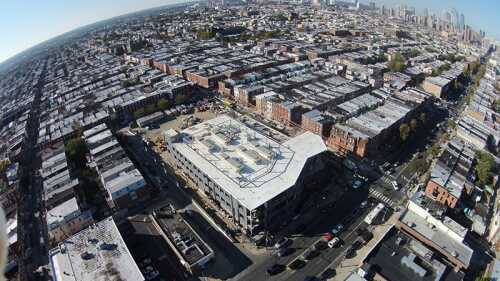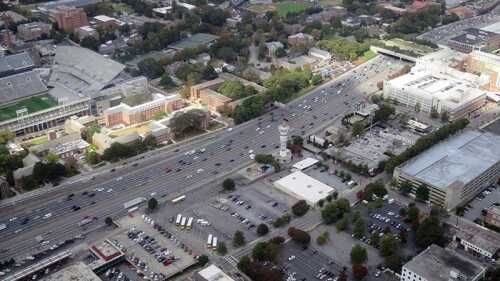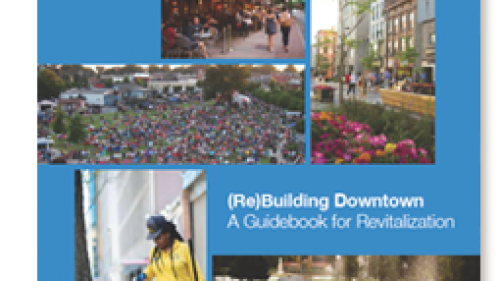Mixed-Use
Congress has thrown its support behind new legislation that aims to fix some of the problems in the condo financing program of the Federal Housing Administration (FHA). The Housing Opportunity through Modernization Act (H.R. 3700) will loosen some of the more stringent regulatory requirements specific to condo mortgage insurance that were introduced in the wake of the housing finance crisis.
A father/daughter development team is transforming an office park into a downtown for the city of Doral in the Miami suburbs.
A central courtyard—and a mix of unit sizes—create community on a small site.
A developer uses suburban retail experience to craft a dense, mixed-use community in the heart of Portland’s Central Eastside.
Real estate developers around the world are responding to increased consumer interest in cycling and walking as preferred modes of transportation by building projects adjacent to trails, bike paths, bike-sharing stations, and other infrastructure that supports human-powered mobility, according to
Active Transportation and Real Estate: The Next Frontier, a new ULI report.
Active Transportation and Real Estate: The Next Frontier, a new ULI report.
In 2012, the Children’s Hospital of Philadelphia, a private institution, partnered with the city to serve residents in south Philadelphia. This public/private effort is unprecedented in the variety of services located on a single site, the speed of public approvals, and financing.
ULI has announced an area in Atlanta’s Midtown neighborhood as the study site in the 14th annual ULI Hines Student Competition. The ideas competition provides teams the opportunity to devise a design and development program for parts of a large-scale site.
When Alex Morrison, executive director of the Urban Development Authority for Macon-Bibb County, Georgia, started on a comprehensive plan for downtown revitalization, “we knew we wanted walkability and housing,” he said. “But the how and where [were] driven by the public process.” His emphasis on community engagement drove home a point in a new guidebook, (Re)Building Downtown: A Guidebook for Revitalization, from Smart Growth America.
In a unique collaboration, the American Museum of Natural History brings its traveling exhibits to a new development in Overland Park, Kansas.
Hushan North Bund transforms a former commercial dock into a vibrant mixed-use development.










